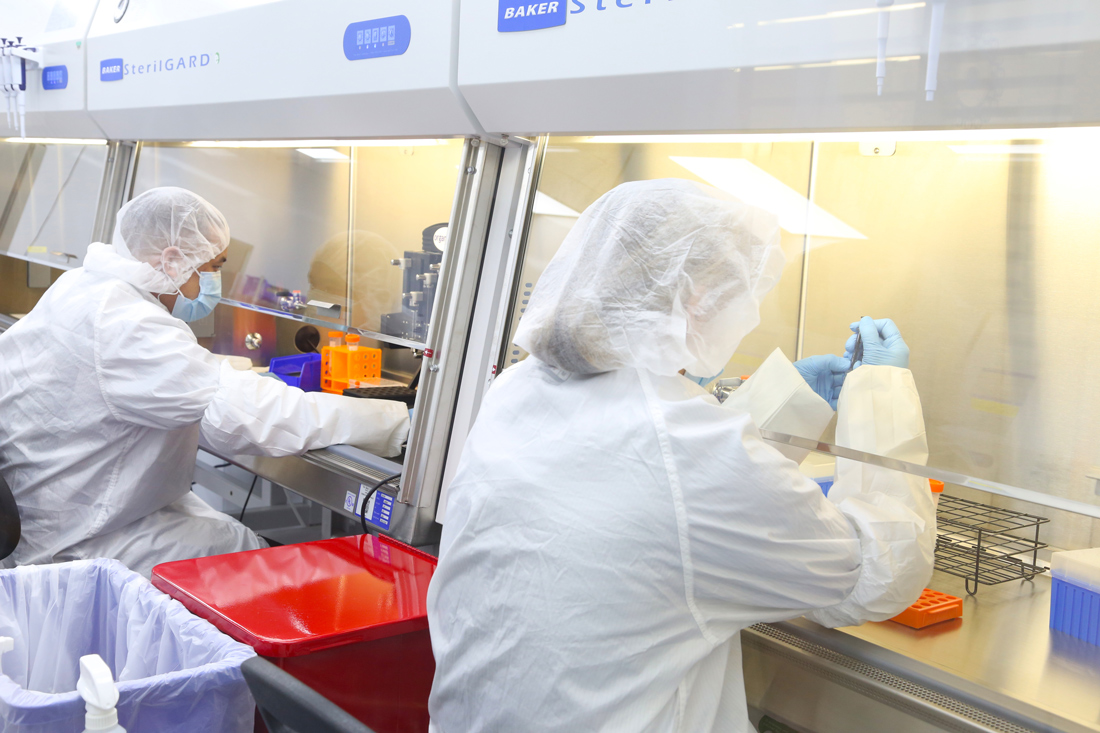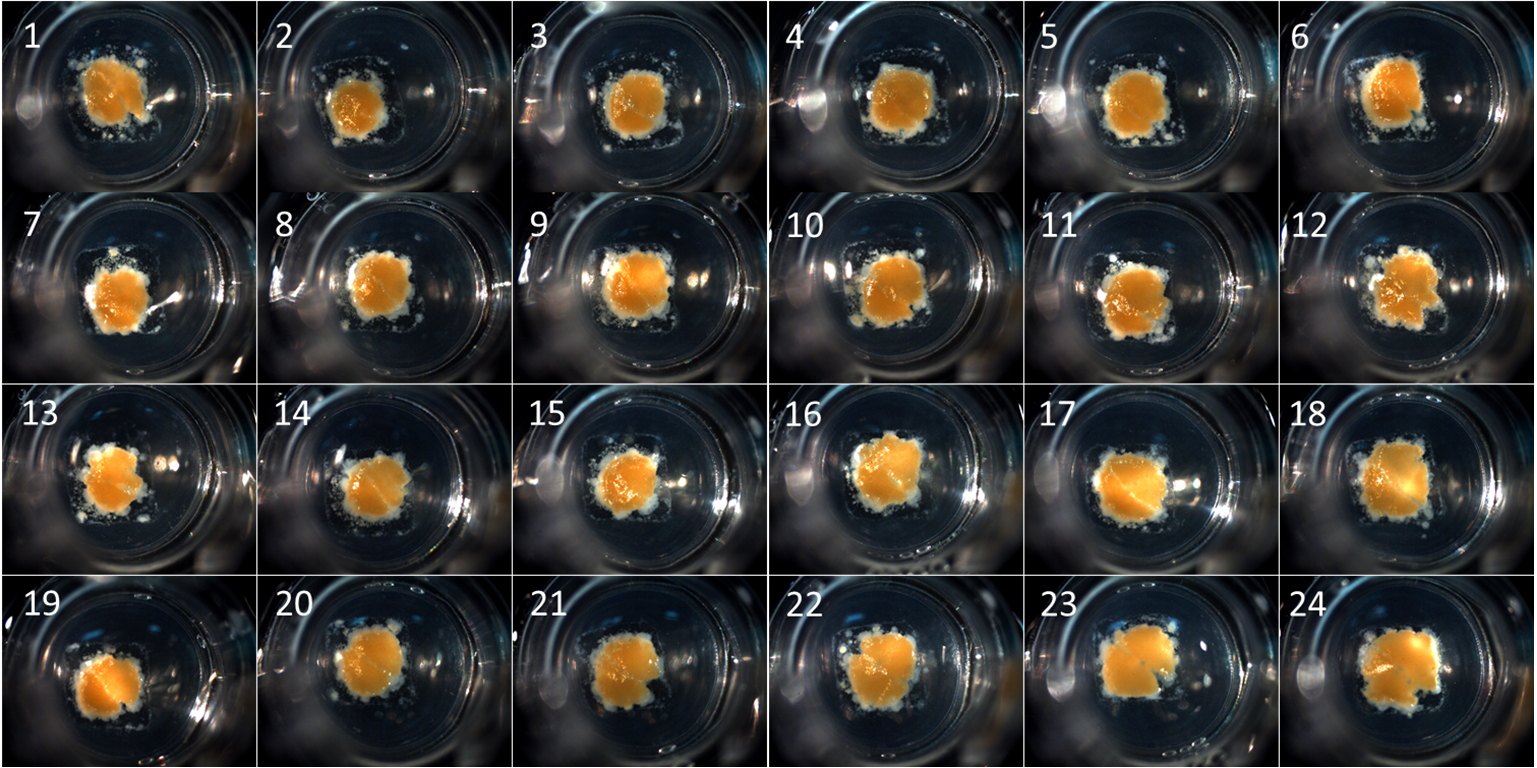Biotechnology companies are uncovering new methods to develop drugs across a range of therapeutic areas. Looking to demonstrate a commitment to drug discovery and moving away from traditional laboratory animal models, many companies are taking on new technologies that could prove more relevant to human physiology. In recent years, numerous reports have emerged spurring a change within the industry, like last year’s published article by Gail Van Norman, a professor at the Department of Anesthesiology and Pain Medicine, at the University of Washington, suggesting that the dramatically rising costs and extremely high failure rates in drug development have led many to re-evaluate the value of animal studies.
There is an extremely high failure of drugs that enter clinical trials, with some studies acknowledging a 90% failure rate, while others establishing it closer to 86%, mainly due to efficacy and safety issues – the worst-case scenario being adverse effects in humans or toxicity. In 2017, two successful CEOs had a common vision, to create a new company that would focus on using 3D tissue technology and multi-omics to discover and develop drugs across a range of therapeutic areas with significant unmet medical needs. And so, Keith Murphy, former CEO and founder of Organovo, along with Jeffrey Miner, previously a scientist and senior director of Ardea, founded Viscient Biosciences.
The versatile biotechnology company, created a more faithful picture of specific human diseases by relying on human cells and a 3D reconstruction of the tissue to show the truest possible biology in vitro. Then, their expertise in transcriptomics and other novel methods allowed them to detect genes and pathways that drive disease progression. These driver genes became critical targets for the company’s drug discovery programs.
For the last two years, the duo, along with a team of researchers and scientists, focused on conducting discovery and development work in serious forms of fatty liver disease called non-alcoholic fatty liver disease (NAFLD) and non-alcoholic steatohepatitis (NASH).
Deteriorating liver function is a growing and serious public health concern. Across the United States, millions of people of all ages suffer from this silent killer that slowly morphs from nonalcoholic fatty liver disease, a condition that according to the Center for Disease Analysis affects 89 million individuals. Even more troubling is the National Institutes of Health estimate that 12 percent of U.S. adults now have NASH, that’s as many as 30 million people. With a total economic burden that could grow to $40 billion, if left unchecked, the disease can progress to cirrhosis and cancer, and can further progress to the need for a liver transplant.
According to Viscient, this is considered the second leading cause of liver transplants in the U.S. and the co-founders of the company have indicated that despite decades of intense research worldwide, the understanding of NASH progression and the development of novel therapeutic approaches have been limited by the lack of advanced systems that mimic human liver biology over an extended period of time.
Viscient has made strides forward using 3D liver tissue to discover drug opportunities for NASH. Since 2017, Viscient has built a platform that gives powerful insight into the biology of NASH and is currently at the lead target stage, while entertaining business development discussions with pharma around both platform deals and individual target opportunities.
Last year, Murphy described how “Viscient has built a powerful NASH drug discovery platform to a value of tens of millions of dollars in a very short period of time, with strong internal efforts coupled with contract research performed by Organovo.”
The company’s bioprinted disease models are turning out to be more accurate than animal models at detecting drug targets. Also, because researchers at Viscient are leveraging cutting edge technologies, like multi-omics, a new approach where the data sets of different omic groups are combined during analysis, such as genomics or proteome (the entire set of proteins as expressed in the genome). So that in addition to doing bioprinted disease models, they have pioneering ways to analyze and really see through the disease.
Murphy described to 3DPrint.com how using multi-omics approaches, such as single-cell genomics for their work “leads to a better understanding of the disease at the individual cell level so that it’s not just a one-size-fits-all model, but instead researchers comprehend at the individual cell level what genes are turned on and off, as well as learning how each cell type is acting. Using newly available 3D biotech, we explore biology in a previously unavailable context, leading to a better understanding of the disease and an improved opportunity to impact patients.”
“Our researchers have a special way to look at disease, through accurately bioprinted tissues. At Viscient, we are taking the disease out of the patient’s body and proving that we can reproduce it,” described Murphy. “There are four different cell types in our liver model and it might be the case that if there is a disease signal in one of those four, it could be drowned out inside the big picture as well as the single answer of what genes are turned on; instead, when we look at one cell type and the one cell population that is acting one way, we can more easily detect many differences in cell behaviour that are driving disease.”
Drug discovery at Viscient has the potential to move away from animal models thanks to their accurate bioprinted disease models that help them identify drug targets. Perhaps it is too early to say that we are nearing the end of animal testing in pre-clinical pharma trials, but from Viscient’s experience, we can already observe how non-animal approaches and more biotechnology can aid researchers to create successful substitutes.
Subscribe to Our Email Newsletter
Stay up-to-date on all the latest news from the 3D printing industry and receive information and offers from third party vendors.
You May Also Like
3D Printing News Unpeeled: A $3000 SLS System, Construction Subsidies and Parameters
The Housing Affordability Crisis is one of Canadian President Trudeau’s biggest issues. Now the government has made subsidies available, including scaling new technologies, 3D printed housing and libraries of reapproved...
“Bundled Light” Enables High Quality Plastic 3D Printing from LEAM
Naturally, we expect current 3D printing methods to continuously improve, but it continues to do so in the most surprising ways. The latest development comes from LEAM, a startup spun...
Each to Their Own: Exploring Creality’s Latest Ender Trio as the Company Strengthens Its Commitment to 3D Printing Advocacy
Creality has reaffirmed its commitment to promoting 3D printing. The launch of the Ender-3 V3 SE, Ender-3 V3 KE, and Ender-3 V3 showcases the company’s dedication to catering to diverse...
3D Printing News Briefs, March 23, 2024: AM in the US Coast Guard, Navy, & More
In today’s 3D Printing News Briefs, we’re discussing the use of 3D printing in various branches of the military, including the U.S. Coast Guard, the U.S. Navy, and the German...


































